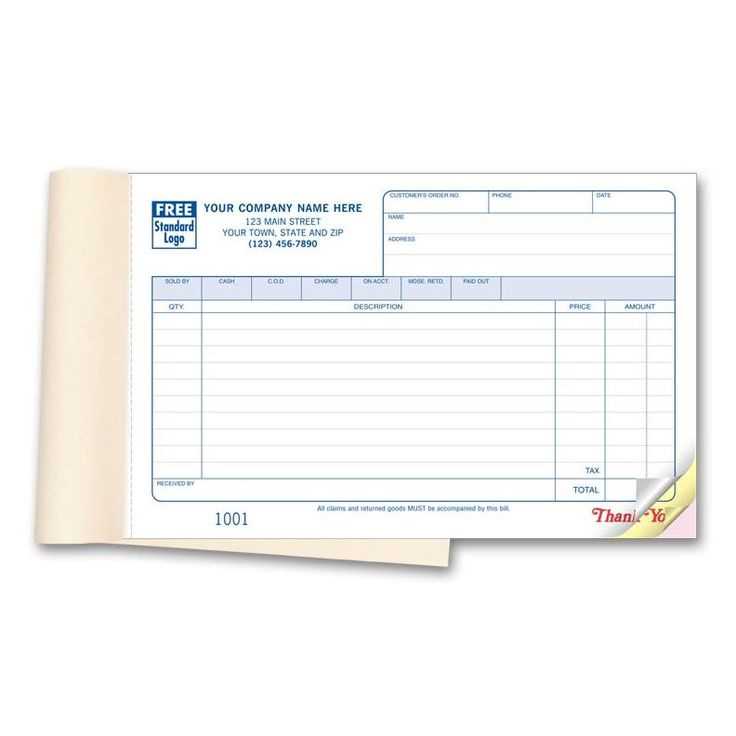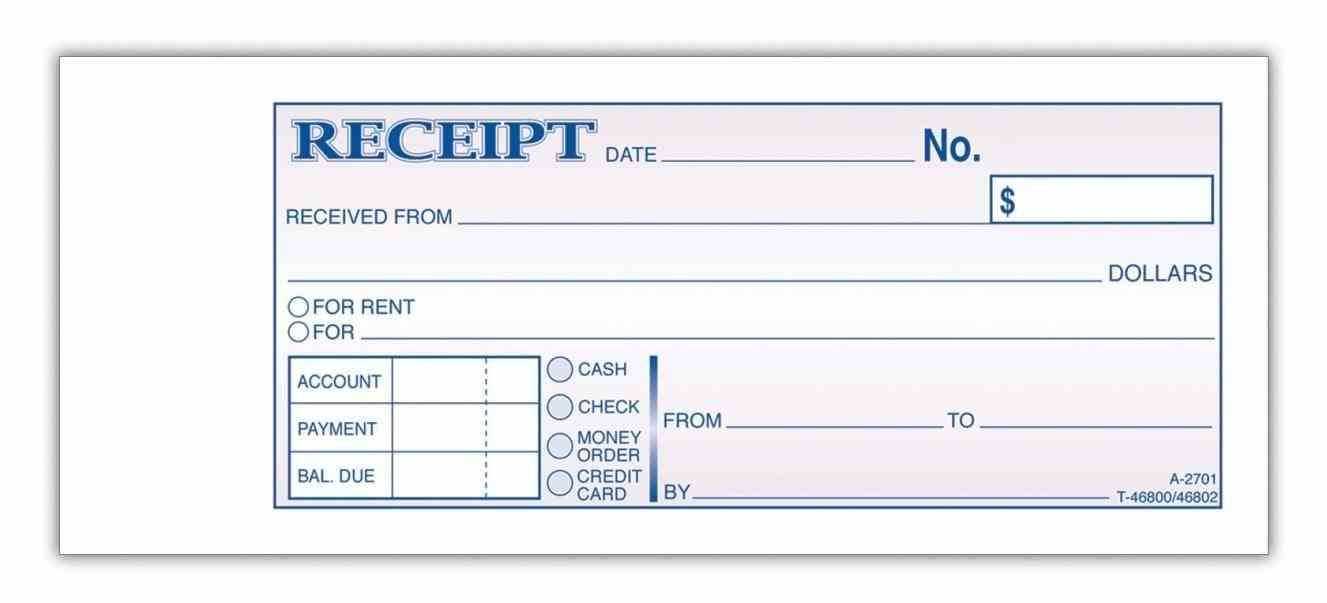
Key Elements for a Functional Template

A well-structured sales receipt book template ensures accurate record-keeping and smooth transactions. Include these essential components:
- Business Name and Contact Information: Clearly display company details.
- Date and Receipt Number: Track transactions chronologically.
- Itemized List of Goods or Services: Specify quantities, descriptions, and prices.
- Subtotal, Taxes, and Total: Provide a transparent cost breakdown.
- Payment Method: Indicate whether the payment was made in cash, credit, or another form.
- Customer Information: Include the buyer’s name and contact details.
- Authorized Signature: Validate the transaction with an official signature.
Printable vs. Digital Receipt Books
Choosing between a printable or digital format depends on business needs:
Printable Templates
- Suitable for businesses requiring physical records.
- Ideal for on-the-go sales without digital access.
- Easy to organize with carbon copies for bookkeeping.
Digital Templates
- Enable quick sharing via email or cloud storage.
- Reduce paper usage and streamline documentation.
- Support automation with built-in calculations and databases.
Both formats serve different purposes. A hybrid approach–using digital records while providing printed copies when needed–can be a practical solution.
Sales Receipt Book Template
Key Elements to Include in a Sales Receipt

Ensure every receipt contains the date, a unique receipt number, and detailed transaction information. List purchased items with descriptions, quantities, and prices. Include applicable taxes, discounts, and the total amount. Specify payment method and include business details like name, address, and contact information. If needed, add a signature line for validation.
How to Format a Printable Receipt Book

Use a clear, structured layout with consistent spacing. Align item descriptions to the left and prices to the right for easy readability. Choose a legible font, and keep margins balanced for printing. Number pages sequentially to maintain organization. Consider a carbon copy format for record-keeping.
Choosing the Right Paper and Binding for a Receipt
Select high-quality, perforated paper for easy tearing. Carbonless copy paper is ideal for duplicate records. Use a sturdy cover to protect receipts from wear. Spiral binding allows flexibility, while stapled or glued bindings provide a more compact option. Choose based on durability and ease of use.


